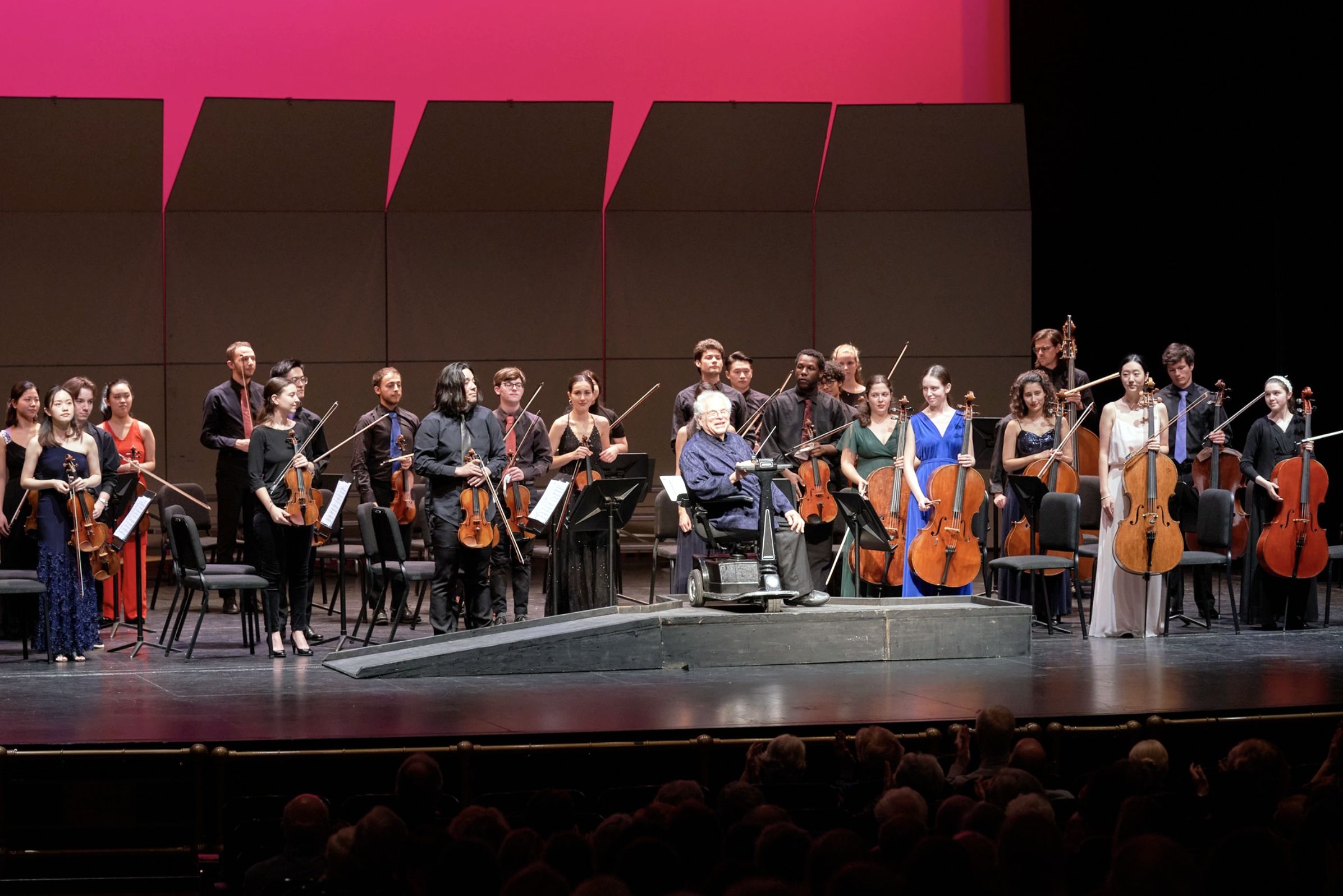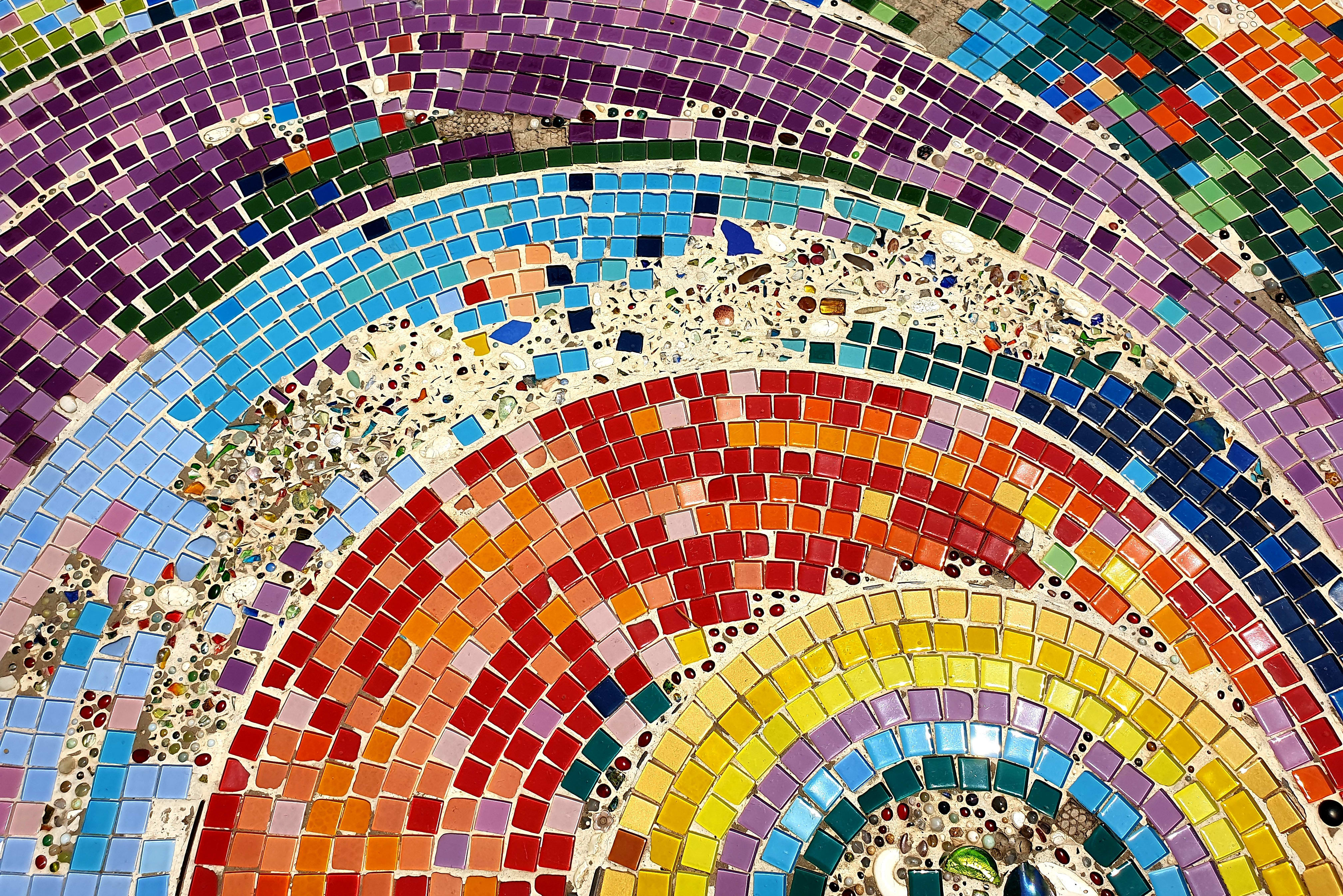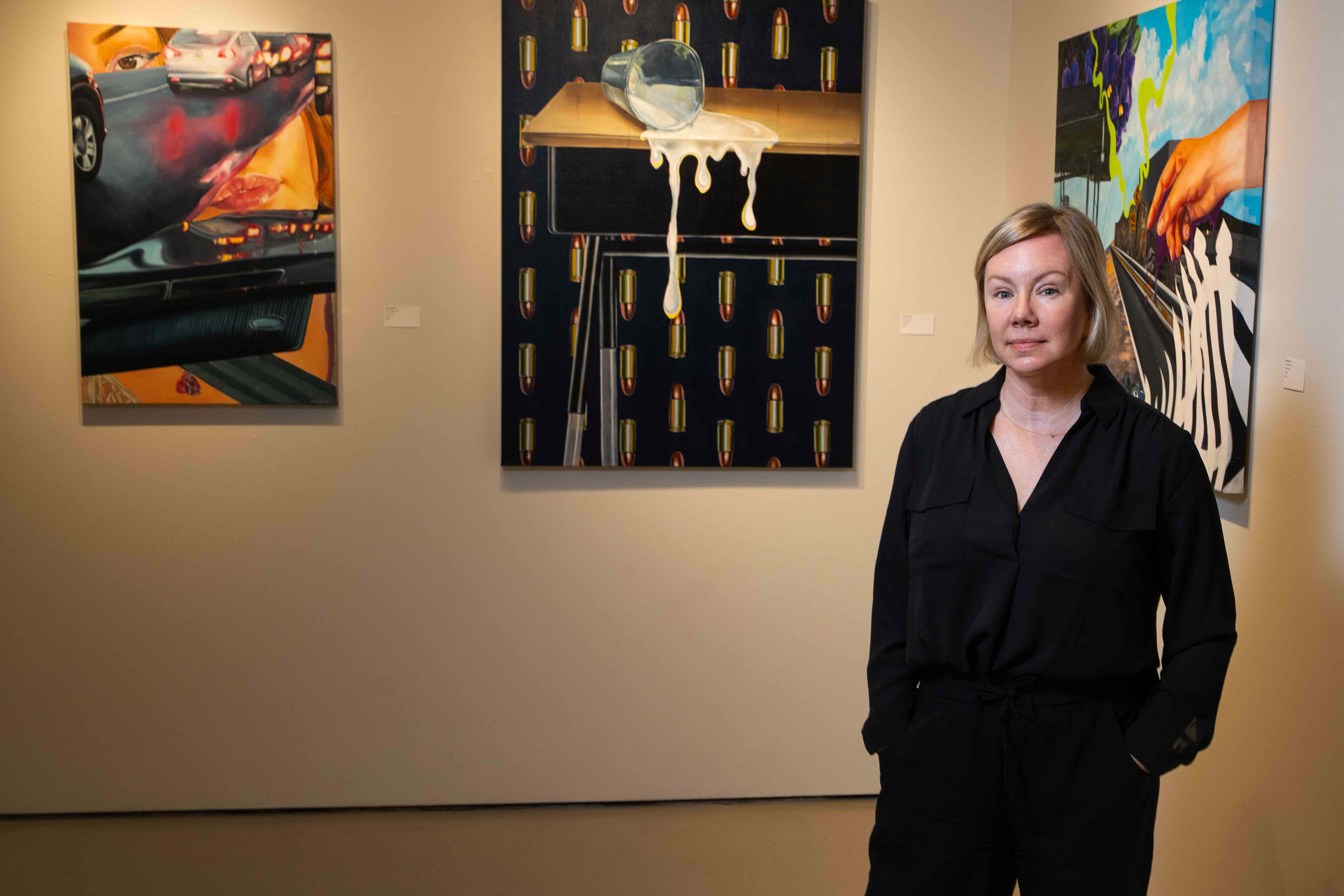Suncoast Black Arts Collaborative Panel Explores Black Identity in the Arts
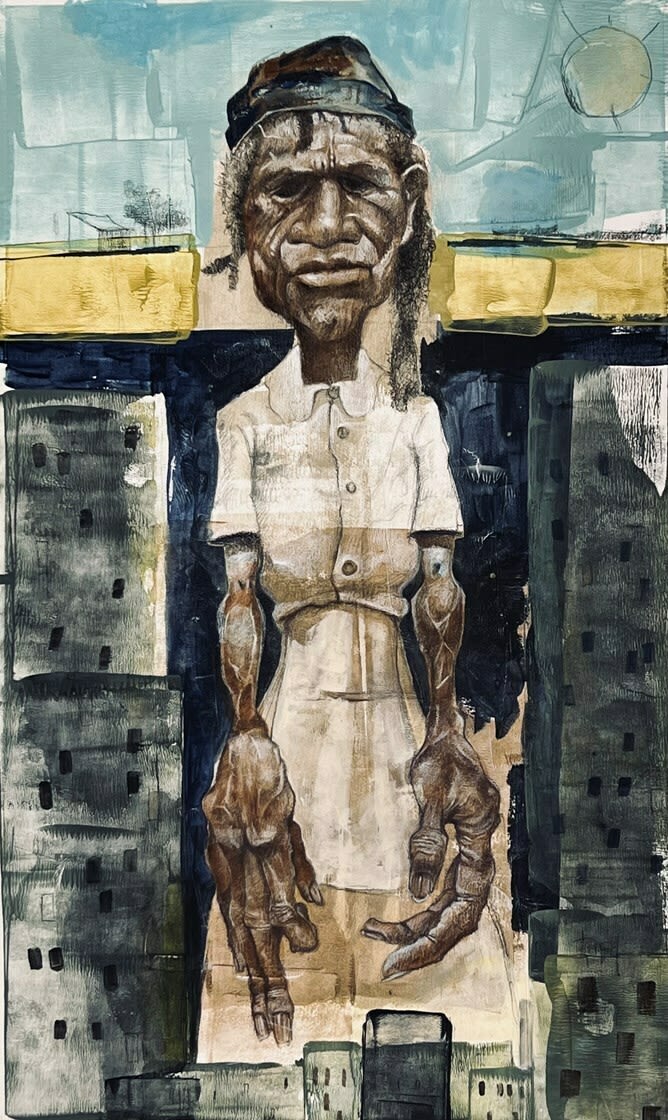
Gregory Rumph II's Aunt Sara took second place in the recent Visions in Black exhibit at Art Center Sarasota. He spoke last week at a panel for Suncoast Black Arts Collaborative.
A recent panel presented by the Suncoast Black Arts Collaborative provided some insights into the work of three Black artists, all of whom shared their stories of creating and striving to succeed.
“Black Identity in the Arts: Generational Perspectives” followed up a juried exhibition that took place at Art Center Sarasota that aimed to show work made by both emerging and more established Black artists. The panel, held on the Ringling College of Art and Design campus, shed light on the struggles three of the artists in that exhibit have faced, and their hopes for improving access to opportunities for artists and for art lovers to see and acquire their work.
Public art consultant Sheila McKoy moderated the discussion, which welcomed artist and educational administrator Greg Rumph II, artist, labor activist and art educator Krystle Lemonias, and about-to-graduate Ringling College senior Kiron Binsworth Robinson.
Among the issues discussed: Is there something of a renaissance in the works for Black artists right now?
Lemonias stressed that the Black Lives Matter movement has helped to galvanize the showing of work by Black artists, but added that they have always been making art—it’s just receiving more attention now. Rumph explained that, along with current events, social media and musicians have played a role. “Hip-hop made it cool for Black artists’ work to be seen,” he said. And the chance for artists to market their art on social media is “unsurpassed” at the moment.
All the artists mentioned their debts to predecessors of earlier generations of artists, and touched on their hope that the current trend of Black art receiving more attention is sustainable. And all also related their feelings of sometimes being isolated when attending college or grad school, being among very few other students of color. Lemonias, a fine arts master’s candidate at the University of South Florida and a native of Jamaica, said, “I don’t see faculty or grad students that look like me. But outside that space, when I engage with institutions through dialogues and exhibitions, that’s when it’s diverse.” All the panelists agreed that the industries they work in, at large, will be more diverse than their educational experiences have been.
The artists also spoke about the artists that have influenced them (ranging from Gustav Klimt to Anish Kapoor to Jean-Michel Basquiat), their need to both “tell stories” and make enough money to eat, and how they are often initially perceived individually in communities where they may not be what others expected. Robinson talked about a sort of discrepancy between the way he looks (he is of Jamaican, Cuban and Chinese ancestry) and the way he talks (“very white,” as he put it). As Lemonias said, “In my case, I’m constantly being underestimated. There’s all this knowledge people of color are not privy to” when it comes to making their way through arts school, opportunities for funding and more.
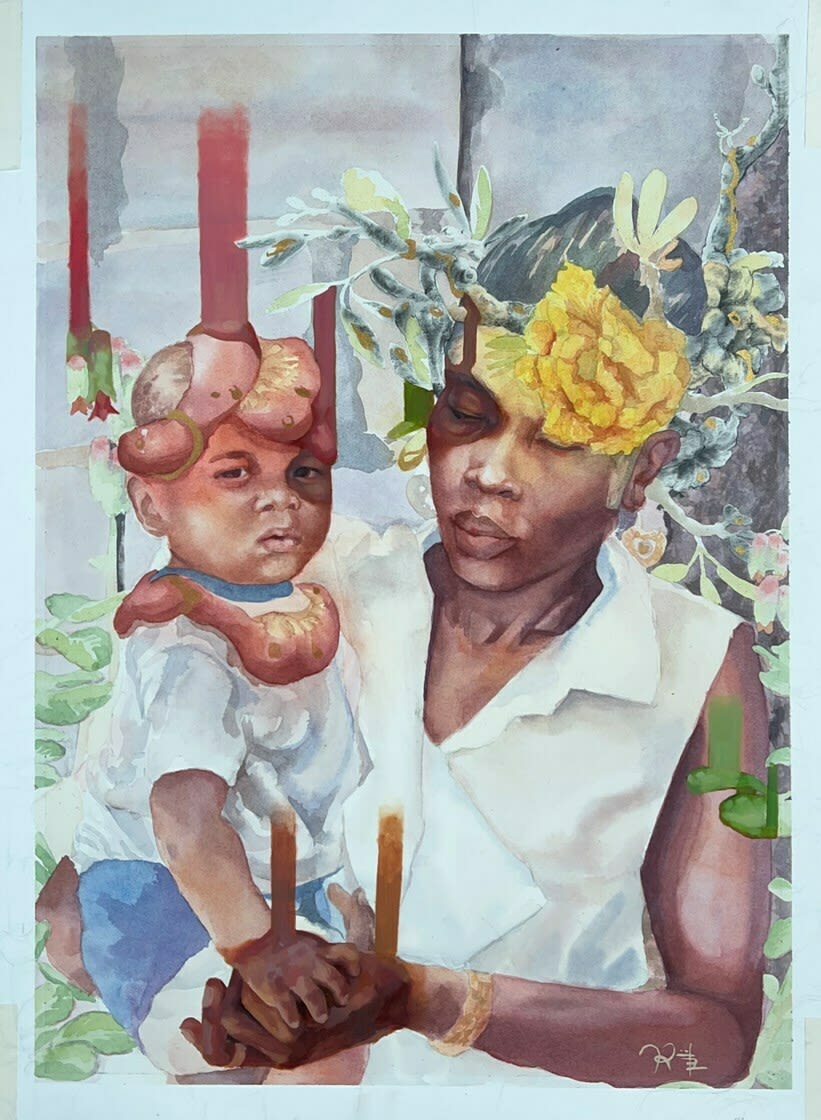
Kiron Binsworth Robinson's You've Become won an honorable mention at the Art Center show. He also spoke at last week's panel.
To learn more about the mission and programs of the Suncoast Black Arts Collaborative, visit suncoastblackartscollaborative.org.

